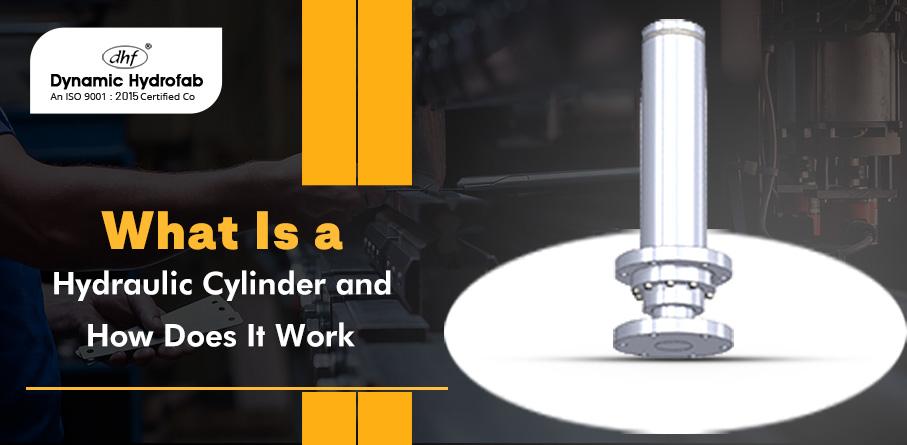Hydraulic Cylinders Explained: What They Do and How They Operate

Hydraulic cylinders are essential components of modern industrial machinery, playing a crucial role in converting fluid power into mechanical force. Understanding how they function is key to appreciating their importance across a wide range of industries, from manufacturing and construction to agriculture and aerospace. This guide will explore what hydraulic cylinders are, their functions, and how they operate to deliver powerful and precise motion.
What Are Hydraulic Cylinders?
Hydraulic cylinders are mechanical actuators used to produce linear motion and force by using pressurized hydraulic fluid. They are often referred to as the “muscles” of hydraulic systems due to their ability to push, pull, lift, or move heavy loads with ease. The design of a hydraulic cylinder consists of a cylinder barrel, piston, piston rod, and seals, all of which work together to transmit hydraulic energy into mechanical movement.
How Do Hydraulic Cylinders Work?
The basic working principle of hydraulic cylinder is founded on Pascal's Law, which states that when pressure is applied to a confined fluid, the pressure is transmitted equally in all directions. Here’s how the process works step-by-step:
-
Hydraulic Fluid Pressure: The hydraulic system pumps pressurized fluid (usually oil) into the cylinder through an inlet port. The fluid’s pressure creates a force that pushes against the piston inside the cylinder barrel.
-
Piston Movement: The pressure on the piston causes it to move, either extending or retracting the piston rod depending on the direction of fluid flow. The piston rod is connected to the machine or load that needs to be moved, and this motion generates the required force to complete the task.
-
Controlled Flow: The movement of the piston is controlled by valves and other hydraulic components, ensuring smooth and precise operation. The flow rate and pressure can be adjusted to control the speed and force of the cylinder.
-
Hydraulic Fluid Return: Once the desired movement is achieved, the hydraulic fluid is redirected back into the system via an outlet port. The cylinder then resets to its original position, ready for the next cycle of operation.
Types of Hydraulic Cylinders
Hydraulic cylinders come in various types, each suited to specific applications:
-
Single-Acting Cylinders: These cylinders allow hydraulic fluid to pressurize only one side of the piston. They rely on an external force, such as gravity or a spring, to return the piston to its original position.
-
Double-Acting Cylinders: These are the most commonly used cylinders, where hydraulic fluid is applied to both sides of the piston, allowing for both extension and retraction of the piston rod.
-
Telescopic Cylinders: Telescopic cylinders feature multiple stages that extend in sequence, providing a longer stroke from a shorter retracted length. These are typically used in applications requiring a long reach, such as dump trucks.
Applications of Hydraulic Cylinders
Hydraulic cylinders are versatile and are used in a variety of industries. Some common applications include:
- Construction Machinery: Excavators, bulldozers, and loaders all use hydraulic cylinders to lift and move heavy materials.
- Manufacturing: Hydraulic presses and other industrial equipment rely on cylinders for precise and powerful motion.
- Agriculture: Tractors and other farming equipment utilize hydraulic cylinders for tasks such as plowing and lifting.
Conclusion
Hydraulic cylinders are integral to powering industrial systems and ensuring smooth, reliable operation in heavy-duty applications. With their ability to convert hydraulic fluid into powerful mechanical force, they are a cornerstone of modern machinery. When selecting or maintaining hydraulic cylinders for your industrial needs, choosing the right brand can make all the difference. Dynamic Hydrofab offers a wide range of high-quality hydraulic cylinders designed for durability and performance, making them a trusted name in the industry.
- Art
- Causes
- Crafts
- Dance
- Drinks
- Film
- Fitness
- Food
- Игры
- Gardening
- Health
- Главная
- Literature
- Music
- Networking
- Другое
- Party
- Religion
- Shopping
- Sports
- Theater
- Wellness
- IT, Cloud, Software and Technology


